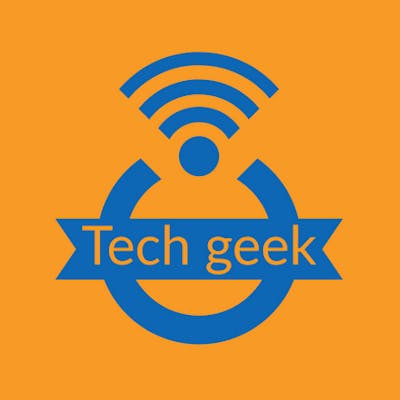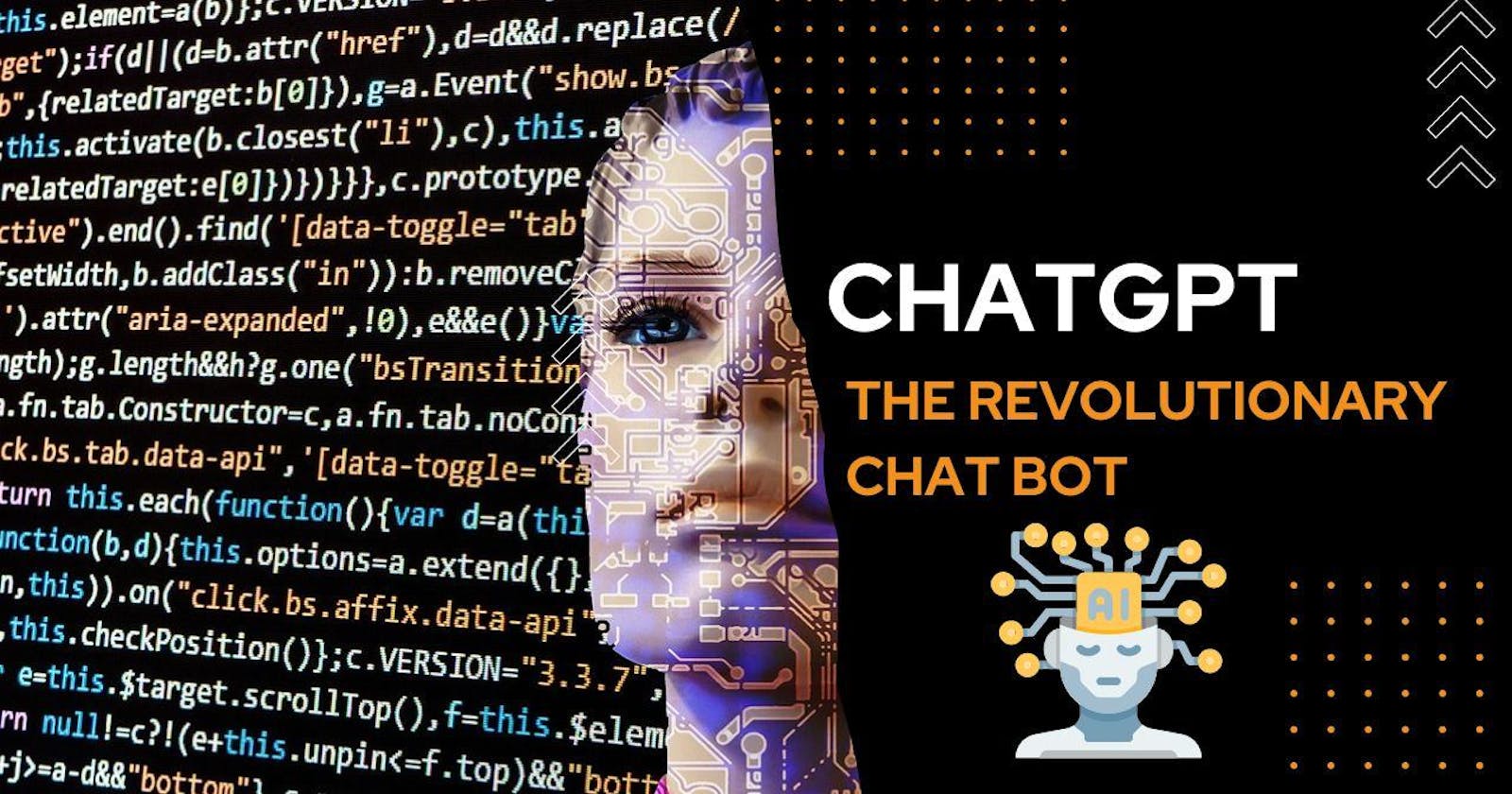Chat-GPT is a cutting-edge language model that can generate human-like responses to text-based queries. It has been hailed as a game-changer in the field of education, with the potential to revolutionize learning by providing personalized and interactive experiences for students. However, like any new technology, it also comes with its own set of challenges. In this blog post, we will explore the pros and cons of using Chat-GPT in education.
Pros
One of the biggest advantages of using Chat-GPT in education is its ability to provide personalized learning experiences for students. By analyzing a student's responses, Chat-GPT can identify their strengths and weaknesses and adapt the learning materials accordingly. This not only makes the learning experience more engaging and relevant to the student, but it also helps them to learn more effectively.
Chat-GPT can also be used to create interactive learning experiences that engage students and promote critical thinking. For example, it can be used to create simulations, games, and quizzes that encourage students to apply their knowledge and develop problem-solving skills.
Another advantage of Chat-GPT is its ability to provide immediate feedback to students. This helps students to identify areas where they need to improve and make corrections in real time. The feedback can also be used by teachers to monitor the progress of their students and adjust their teaching methods accordingly.
Cons
One of the biggest concerns about using Chat-GPT in education is the potential for bias. Language models like Chat-GPT are trained on large datasets, which means that they can pick up biases and stereotypes that exist in the data. This can lead to unfair treatment of certain groups of students and perpetuate inequalities in education.
Another concern is the potential impact on critical thinking skills. Chat-GPT provides students with answers to their questions, which may discourage them from thinking critically and exploring different ideas. This can limit their ability to learn and solve problems independently.
There are also concerns about the security and privacy of student data. Chat-GPT collects and analyzes data from students, which can be used for targeted advertising or sold to third-party companies without the student's consent.
Conclusion
Chat-GPT has the potential to revolutionize learning by providing personalized and interactive experiences for students. However, it also comes with its own set of challenges, including the potential for bias, impact on critical thinking skills, and privacy concerns. It is important for educators and policymakers to carefully consider the pros and cons of using Chat-GPT in education and take steps to mitigate any potential negative effects. By doing so, we can ensure that Chat-GPT is used to enhance, rather than hinder, the learning experience for students.
To know more insights on this topic

